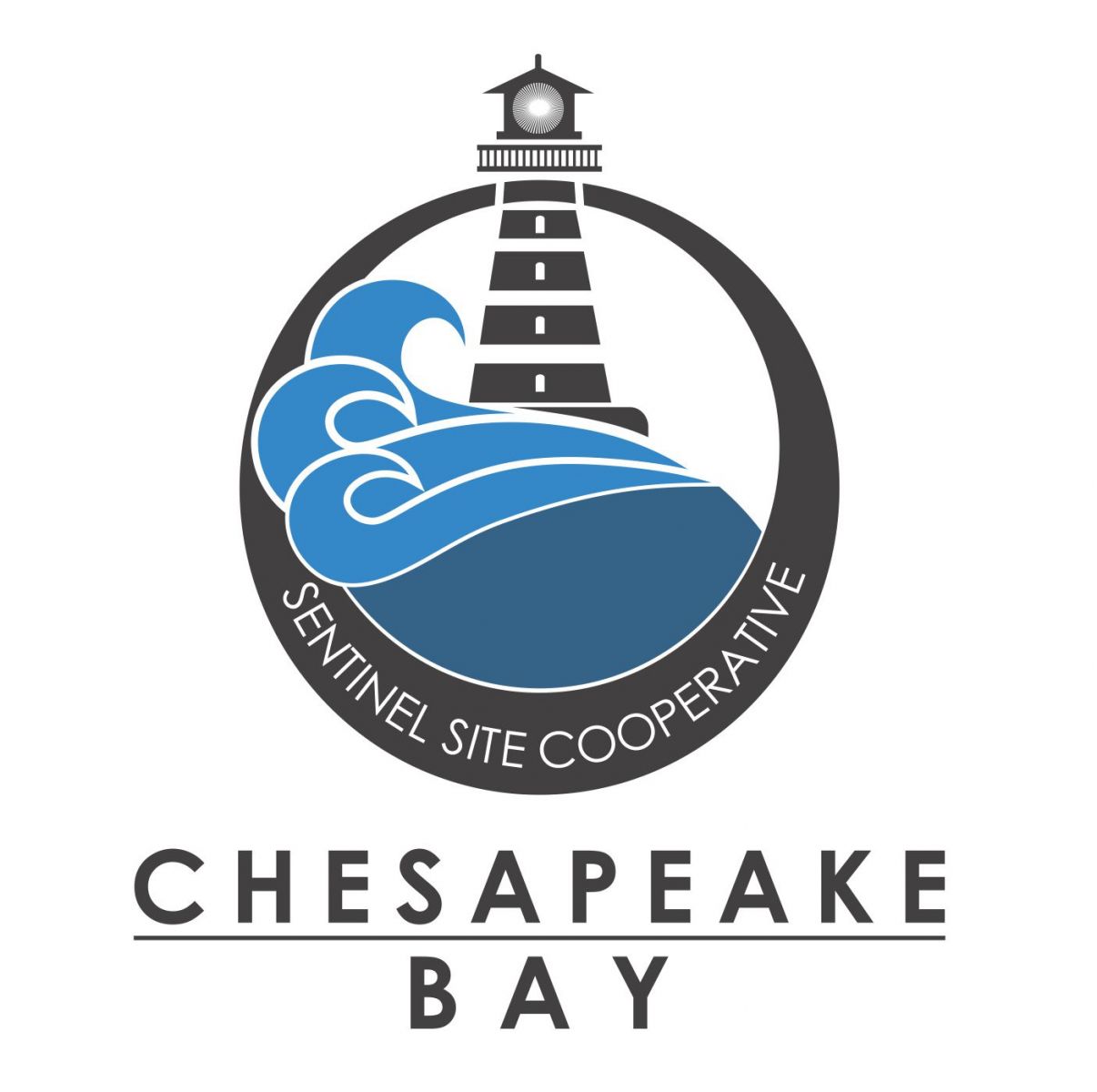Knauss legislative fellowships in Congress help build careers — and they're fun and educational. See our video and fact sheet for details.
Chesapeake Bay Sentinel Site Cooperative

Maryland Sea Grant hosts the coordinator for the Chesapeake Bay Sentinel Site Cooperative (CBSSC), one of five sentinel site cooperatives within the national NOAA Sentinel Site Program (SSP).
The CBSSC is a collaborative group of scientists, coastal managers, decision makers, and community liaisons across Maryland and Virginia who are all focused on applying sea level rise science into stakeholder decision-making.
The Cooperative includes eight “sentinel sites,” which are research locations around the Bay and Atlantic coast where long-term environmental data are collected. The sentinel site ecosystems include barrier islands, marshes, and maritime forests. The sentinel sites’ scientists lead intensive research on these ecosystems as well as outreach and education about sea level rise. Since local sea level rise rates differ across these sentinel sites, we observe varying impacts on the individual landscapes. The collaboration among the sites allows for comparison, detection of changes and trends, and an increased understanding of sea level rise impacts at a larger, regional scale.
In particular scientists at the sentinel sites are studying:
- Marsh elevation
Marshes have the ability to build up soil and root mass, which increases their elevation. How much they gain or lose in elevation depends on several factors, such as sediment supply from surrounding areas, storm events, vegetation type, and grazing by herbivores. The rate of elevation change in relation to land subsidence and local sea level rise rates will help determine if the marsh will drown or withstand these changes.
- Changes to vegetation and habitat
Marsh plants are adapted to specific salinity levels, inundation periods (length of time under water), nutrient amounts, and temperatures. These plants also provide food and shelter for numerous wildlife (e.g. Salt Marsh Sparrow, Black Rail, Diamondback Terrapin). As sea levels rise and air temperatures increase, we are monitoring how vegetation is changing. In particular, the invasive plant Phragmites may increase its extent, which could lead to less shoreline erosion but offer poor bird habitat.
- Marsh Migration
As sea level rises, more land at the coasts’ edge is underwater for a greater period of time and the tides reach farther inland. This causes marshes to erode or become completely submerged on the sea side edge and for upland areas, which were typically dry, to become wetter and turn into marshlands. This inland movement of marshes allows marshes to persist but can also result in a loss of upland land uses, which include forests, farmlands, and rural communities as marsh and water encroach on them. The sentinel sites are studying this transition process, what barriers exist to marsh migration, and how the quality of the marsh may change.
- Water Quality
The sentinel sites monitor changes in water quality including temperature, salinity, sediments and nutrients. These data are important for understanding habitat and vegetation patterns at each sentinel site.
- Restoration Techniques
Natural resource agencies and conservation organizations are concerned with preserving healthy marshes and restoring degraded marshes. The sentinel sites provide locations to conduct marsh restoration experiments and monitor conditions before, during, and after restoration. These efforts are providing important information on the effectiveness of different restoration techniques.
- Land Subsidence
Land subsidence (also described as vertical land motion) is when a landmass sinks. Glacial rebound and withdrawing water from aquifers are two known causes of land subsidence. We do not currently have a ready monitoring system to accurately measure land subsidence, but we are in the process of implementing measurements that are both accurate and cost-effective.
The CBSSC coordinator facilitates the communication of this research between scientists and resource managers, and educates the community on these impacts and adaptation strategies. The coordinator’s activities include:
- Research Synthesis
The coordinator helps organize sentinel site scientists and other federal, state, and local researchers to collaborate on regional projects. The CBSSC encourages data sharing among partners and increasing the accessibility of resources to decision makers. As opportunities emerge, the coordinator works to advance the science on coastal resiliency.
- Science Translation
The CBSSC recognizes that while relevant science may currently exist, it may not be widely available or it is too technical to be easily understood. The coordinator works to provide the best available science in an educational format that most appeals to the people who need it. This includes trainings, webinars, articles, infographics, and presentations.
- Science, Management, and Community Integration
The CBSSC is a sustainable presence and supporting partner for anyone interested in sea level rise. The coordinator fosters the CBSSC’s network of partnerships. This includes participating in numerous working groups, organizing interdisciplinary workshops, and engaging in one-on-one conversations.

The Chesapeake Bay Sentinel Site Collaborative is a group of scientists, coastal managers, decision makers, and community liaisons across Maryland and Virginia focused on applying sea level rise science to stakeholder decision making.
For more information, please contact:

Coordinator for the Chesapeake Bay Sentinel Site Cooperative
Phone: (301) 405-6378
Email: sudol@mdsg.umd.edu



